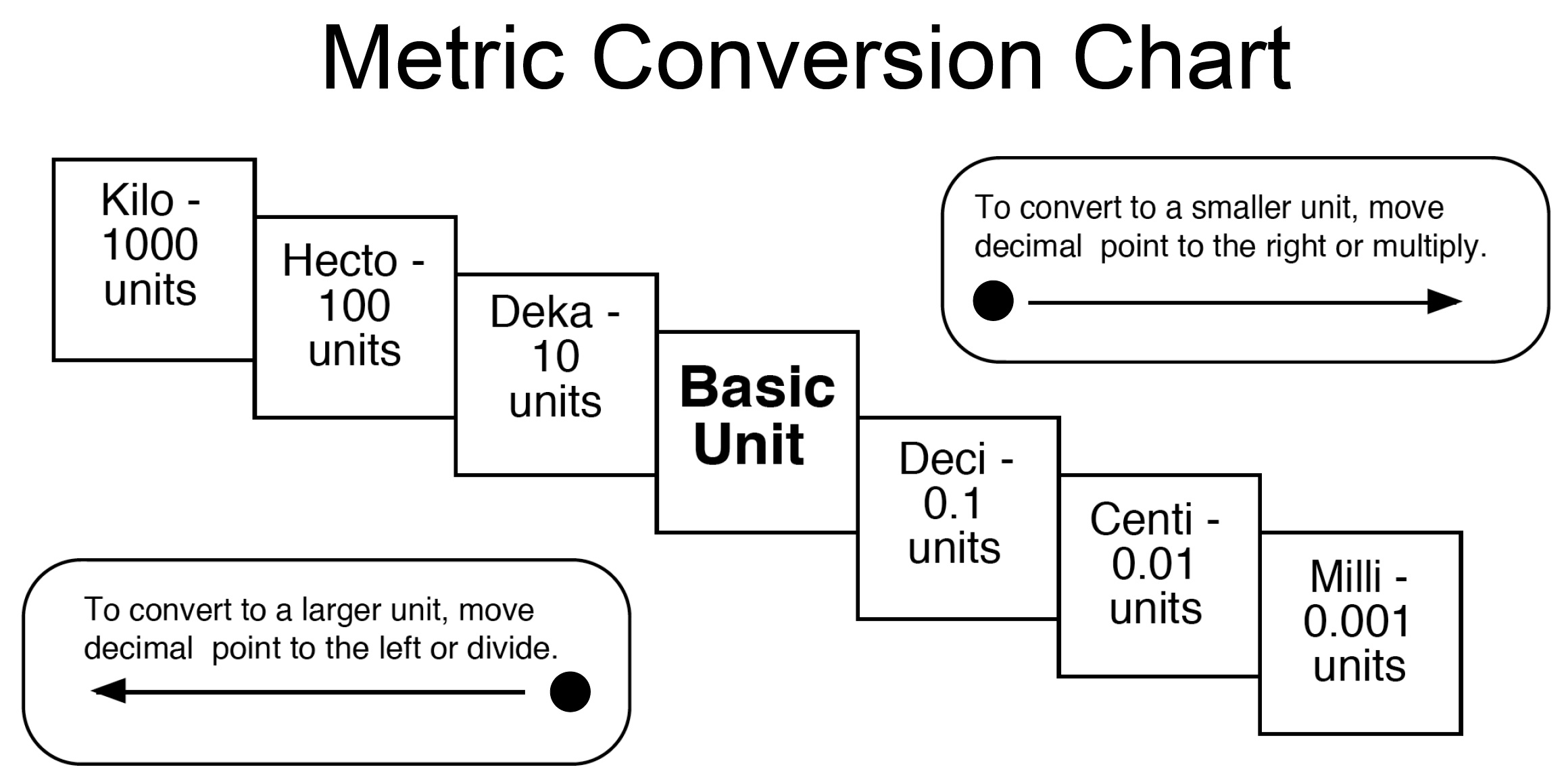294.WHAT IS THE METRIC SYSTEM?
In deciding upon a unit of measurement, it is possible to pick anything. For example, the average height of a man could possibly have been a unit of measurement. In fact, some of the units used today in English speaking countries are based on such things as the distance from a man’s elbow to the tip of his middle finger, or the weight of a grain of wheat.
Because there have been so many differences in weights and measures used in different countries, an international system has been urged. If one system were to be adopted by all countries of the world, it would probably be the metric system.
This is a system worked out by a committee of scientists appointed in France in 1789. Great Britain and some other countries are now beginning to use the metric system in their measures. The system is now used in scientific work in most countries.
The metric system is based on a measure of length called the “meter.” This is approximately one ten-millionth of the distance on the earth’s surface from pole to equator. It is about 39.37 inches.
The metric system of measurement is based on 10. So it is that each unit of length is 10 times as large as the next smaller unit. There are square and cubic units for measuring area and volume which correspond to the units of length.
The unit of weight is the gram, which is the weight of a cubic centimeter of pure water. The liter is a measure used as the quart is used, but it is a little larger. The hectare, which is 10,000 square meters, is used as the acre is used, but is 2.471 acres. The metric system is more convenient to use than the imperial system because its plan is the same as that of the number system.
Here are some equivalents for the metric and imperial systems: one foot equals 0.305 metere, one inch equals 2.54 centimeters; one mile equals 1.609 kilometers; one quart (liquid) equals 0.946 liters.



Leave a Reply